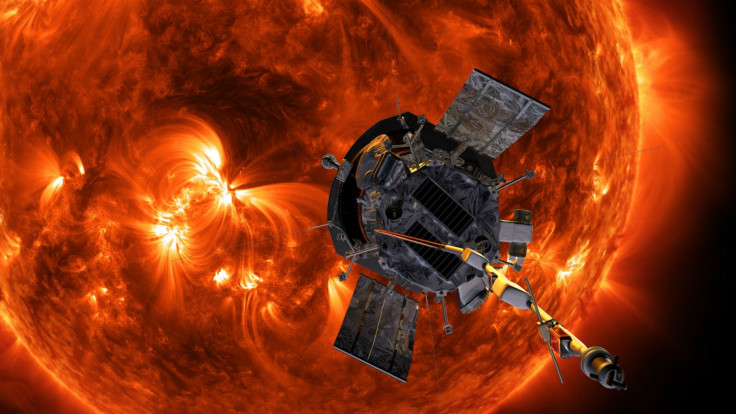First ‘Mind-Blowing’ Findings From NASA’s Sun-Kissing Probe Unveiled

Scientists have released new studies based on the data collected by NASA’s Parker Solar Probe during its closest flyby of the Sun. According to the scientists, they were baffled by the data collected by the probe.
The Parker Solar Probe reached its closest distance to the Sun in August of last year. During this period, the probe approached the Sun from a distance of 15 million miles.
For its mission, the probe collected valuable data regarding the Sun. Using the information collected by the probe, scientists were able to conduct different studies regarding the massive star. According to them, the findings of the probe helped them gain a deeper understanding of the evolution and overall nature of stars.
"The complexity was mind-blowing when we first started looking at the data," researcher Stuart Bale, from the University of California, Berkeley said in a statement. "Now, I've gotten used to it. But when I show colleagues for the first time, they're just blown away."
Some of the studies conducted using the probe’s collected data centered the Sun’s magnetic fields. According to the scientists, the magnetic fields tend to switch back and forth, which causes disturbances on the Sun’s surface.
Although the cause behind the shift in magnetic fields is still unknown, the scientists noted that their findings could explain how energy flows from the Sun.
“Waves have been seen in the solar wind from the start of the space age, and we assumed that closer to the Sun the waves would get stronger, but we were not expecting to see them organize into these coherently structured velocity spikes,” Justin Kasper from the University of Michigan said in a statement.
Aside from the magnetic fields, the scientists also learned that solar can rotate around the Sun at speeds ten times greater than what was previously predicted by computer models. They also learned that solar winds tend to move around the Sun instead of immediately shooting off from its surface.
The new studies that were conducted with the help of the Parker Solar Probe were published in the journal Nature.
© Copyright IBTimes 2024. All rights reserved.





















